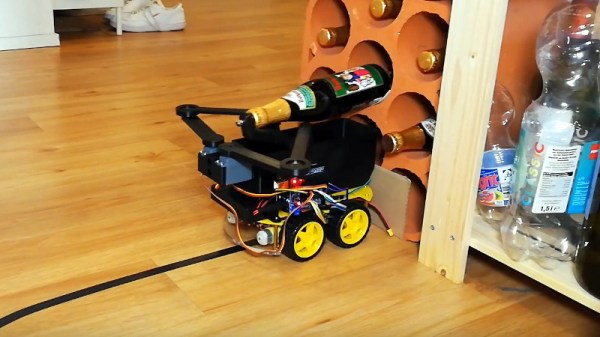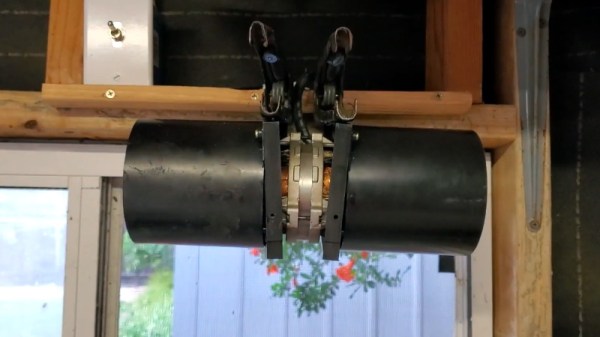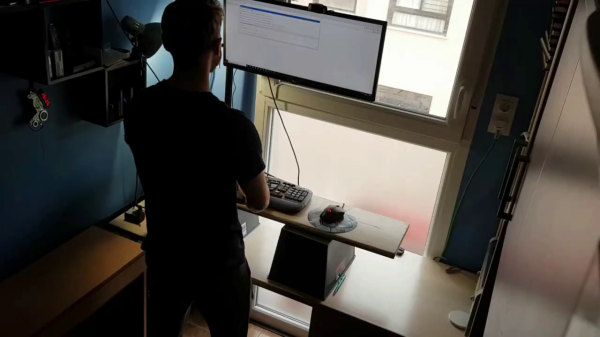You sure do learn a lot when life suddenly makes it impossible to go into the office and asks that you instead do the same work remotely. Sure, there are the obvious challenges like needing a device to do the work on and an internet connection that’s not going to melt down when family or roommates are trying to Zoom at the same time as you one-on-one with the boss. But there’s way more to it. The Refresh Work-From-Home Life challenge takes this on as the next phase of the Hackaday Prize gets under way this morning.
If the global pandemic caused you to find yourself working from home, I’m sure it’s been quite a ride. Maybe you learned what your spine feels like after hunching over a MacBook in bed for 40 hours. Others discovered that the commute had been silently serving as a power-down sequence for your “work brain” — without it you never stopped thinking about, or more likely worrying about, work. And without that change in venue, it’s far too easy to feel like you were now living at work. So let’s invent the things that can make us productive from home while maintaining physical health and preserving our sanity.
Ten entries in this challenge will be awarded with $500 and ushered into the final round where the grand prize of $25,000 and four other top prizes await. What kind of things are we looking for? The best ideas are the ones we haven’t had yet, but I can spitball a bit to get things rolling.

Furniture and other infrastructure can be a real sore-spot when not a good fit. We’d love to see your design that uses a single sheet of plywood (I know, those cost a bazillion dollars these days but just go with it) to build an adjustable workspace that fits your chair height and needs. Bonus points for one that folds away at quitting time to reassure you that work is done!
Office interruptions from co-works sometimes feel like a distraction. But without them you might not get your body moving for hours on end… not good for you! Design an assistant that watches for your poor sedentary habits and sasses you until you take some time to stretch your old bones. Or show off the gadgets that make living the digital nomad life easier like the awesome document camera hacks we saw from teachers when classrooms were closed last year.
Show off your proof of concept by starting a project page on Hackaday.io and using the dropdown in the left sidebar to enter it into the 2021 Hackaday Prize. You can continue to update it until judging begins at the end of July.
We’re already living in the future. Working or learning remotely is a big part of that. Let’s bend our homes and our habits to find a better way to do it!




















